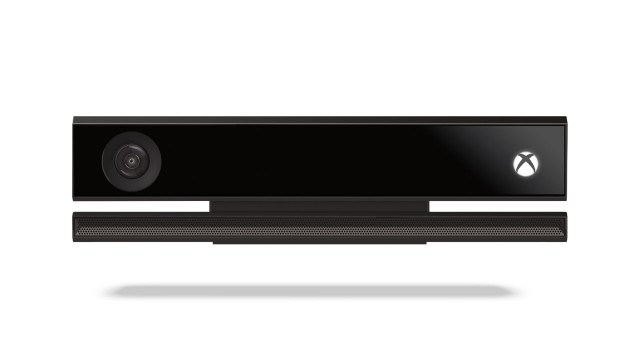Whatever is going on in the new Kinect Microsoft unveiled recently, it’s doing more than its predecessor. It appears vastly more precise, smarter about telling people from objects, better at telling people from other people, and more responsive to gestures.
And there’s another difference: this time, at last, Microsoft appears to be hitting the ground running.
Caught flat-footed by the interest of innovative developers and artists in the original Kinect, Microsoft has only recently managed to get their SDK in a state that could rival efforts by hackers and sensor developer PrimeSense. The official Windows sensor, at least, is now much better-supported in everything from gestures to making 3D models from data; see a March developer blog post on version 1.7:
The latest Kinect for Windows SDK is here
But for the new Kinect, Microsoft must do even better – particularly as the entire natural interface area heats up. They need to encourage the notion of Kinect as an accessory to Windows and not just Xbox, and they need to do a better job of making it easy for the most creative Kinect inventors to dream up new stuff.
Today brings some good news. For those who want early access to Kinect, Microsoft will have a (paid) program to get you hardware and developer tools as soon as the fall. And even if you prefer to wait for the finished release, today’s announcement also reveals some of the timeline of what’s happening when.
Through the end of July: Microsoft is accepting applications for the program through 9:00 AM on July 31, Pacific USA time. You need a Microsoft account, and then can provide information like your GitHub address and some background on who you are and what you want to build. (I filled one out; it took me about 5 minutes.)
August 2013: Microsoft will “begin” notifying applicants.
November 2013: Microsoft will begin the Kinect for Windows developer program, providing early SDK access, a forum, webcasts, and a pre-release/alpha sensor.
2014: Microsoft will launch Kinect for Windows and send developers a second, finished non-alpha sensor.
The idea, of course, is that you have your apps ready for their Windows launch – much as Leap Motion recently did with their sensor. And since Windows applications were mostly limited to interesting experiments, this means we should finally see Kinect get wider use on Windows.
There isn’t any information about the connection to Kinect for Xbox development. With Sony pushing indie channels hard, that’s a little disappointing; I’d love to see Microsoft explain how Xbox and Windows development would be connected, and make these same tools for artists and independent developers available so people can make creative stuff for Xbox. We’ll see if they manage to do that.
But if you’re approved, you’ll pay US$399 (“or local equivalent,” suggesting they’ll do the currency conversion) for use in your territory. Not all countries are covered; there’s a space for you to gripe that your home country was left out.
In exchange for those $400, you get the pre-release sensor, the final sensor, and private access to the team, API, samples, and SDK, from alpha to beta to … whatever.
$400 is steep, definitely, even for two sensors – it seems Microsoft, ever the services business, is assuming that the access to developers will be valuable. On the other hand, I’m glad to see them on the ball and ahead of the curve, and it appears that there isn’t yet any additional subscription needed to develop. (MSDN and such can be very, very pricey, and Windows Store has pricing similar to Apple’s. Kinect for Windows SDK is at the moment free; it seems you’re paying only for advance access.)
I’m more interested to see how many people get approved, how reliable and quick the developer tools are, and how well the SDK works. To me, the problem isn’t the $400 price — it’s not knowing what you’re really getting.
For the rest of us, though, a picture begins to emerge of the likely timeline for Kinect becoming real and official.
Sign up:
http://www.microsoft.com/en-us/kinectforwindowsdev/newdevkit.aspx
Thanks to Benjamin Weiss for the tip.
